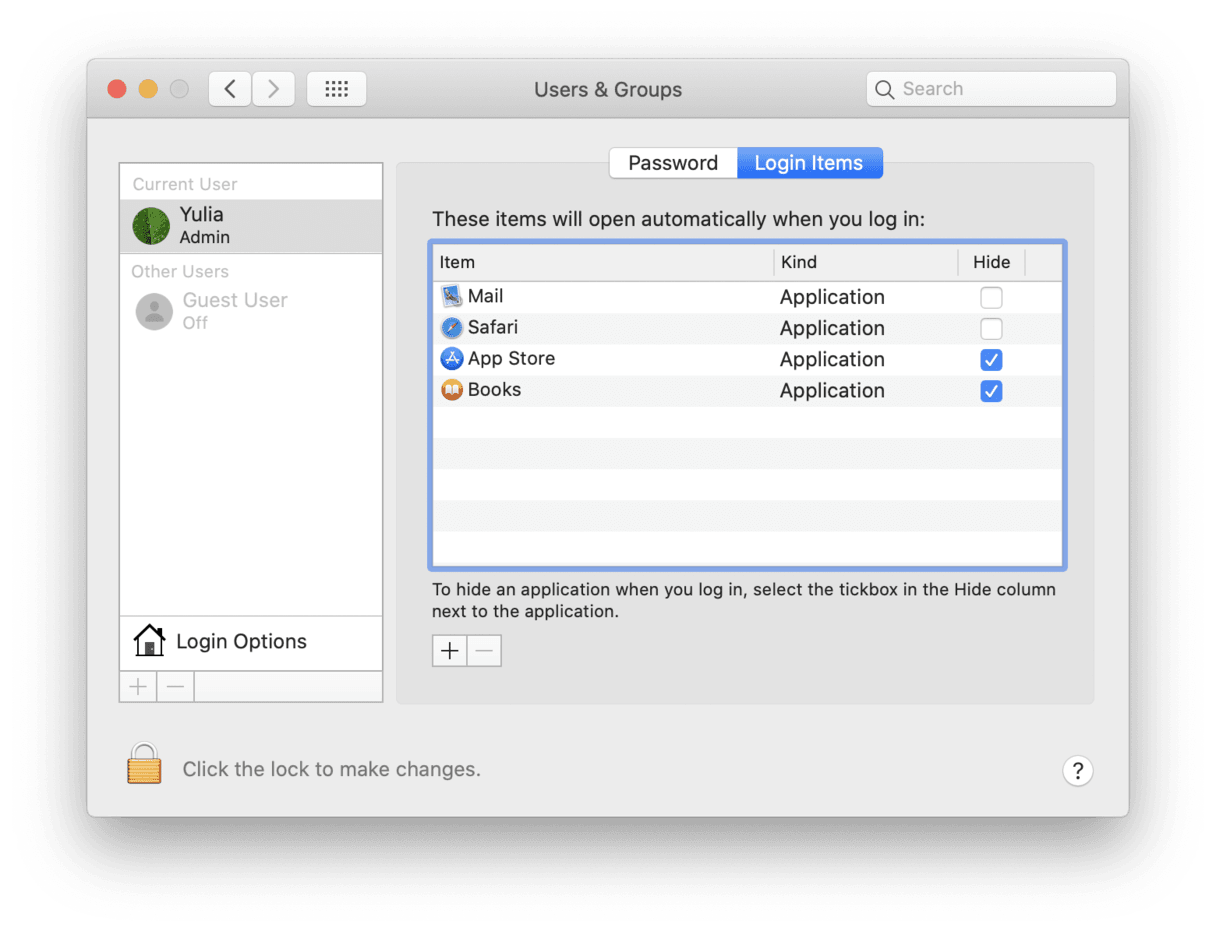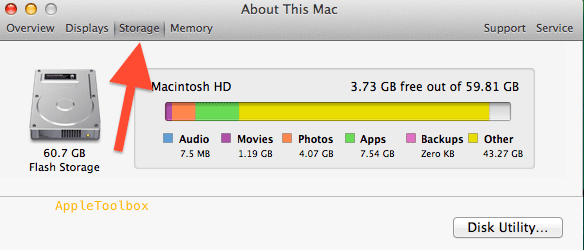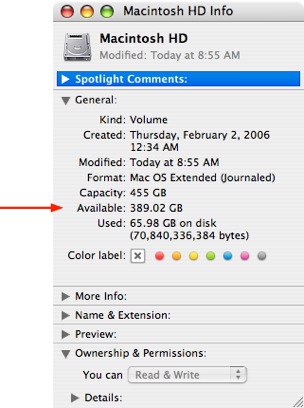

- How to look up how much space on mac how to#
- How to look up how much space on mac install#
- How to look up how much space on mac software#
- How to look up how much space on mac zip#
- How to look up how much space on mac download#
How to look up how much space on mac download#
How to look up how much space on mac software#
Use Third-Party Software to Free Storage on Your MacĪpart from the inbuilt solutions, several third-party apps do almost the same thing but in an easier way.

Note: You may also use apps like App Cleaner for perfect uninstallation.
How to look up how much space on mac install#
Additionally, remove macOS install files, if any. If you have several apps that are sitting idle, go ahead and delete them. might be vast and occupy significant space. Delete Unused ApplicationsĪpplications, when combined with their data, folders, etc. Note: If you accidentally delete a backup, go ahead and easily create a new one now. Click on the Apple logo and choose About This Mac.If you have several archived backups or unnecessary backups of old devices, make sure to delete them. IOS and iPadOS device backups might run into various gigabytes. You may also select the files(s) and press Command + Delete.ĭelete Unnecessary iPhone and iPad Backups To delete, right-click on the file and choose Move to Trash.This will help you locate the large files quickly.

How to look up how much space on mac zip#
dmg files, large packages, videos, zip files, and leave them there. Chrome: Open Chrome → Extensions icon (puzzle icon next to account picture) → Manage Extensions → Remove those you do not use.ĭownloads are usually saved in the Downloads folder (unless you changed them).Safari: Open Safari → Click on Safari from top left → Preferences → Extensions → Click on an extension → Choose Uninstall.The extension continues to occupy space (shown differently than the application itself. For example, old app folders that you do not need or have.Īt times, we install a browser extension for a purpose, and then do not reuse them or simply forget that it exists. Delete files from here that you do not need.Clear Temporary Files Located in Other Storage on Mac In case not, copy the contents of the backup Caches folder from desktop inside the actual Caches folder.Ĭlearing browser cache and website files for Safari also reduce the Other storage. Next, open the Caches folder, press Command + A, right-click, and then Move to Trash. If you do not understand what to delete, go back and copy the entire Caches folder to desktop (for backup). Note + Tip: With regular use, macOS will recreate these caches. Right-click on the Trash icon and choose Empty Trash.Right-click on unnecessary app/service folders and choose Move to Trash.You will see a new option for the Library. Make sure you remove only the unnecessary ones. Note: Caches are there to make your Mac experience better and faster.
How to look up how much space on mac how to#
But if you are too low on storage or believe in having the cache of unused/uninstalled apps, here is how to delete them. In typical situations, you do not need to worry much about cache.



 0 kommentar(er)
0 kommentar(er)
